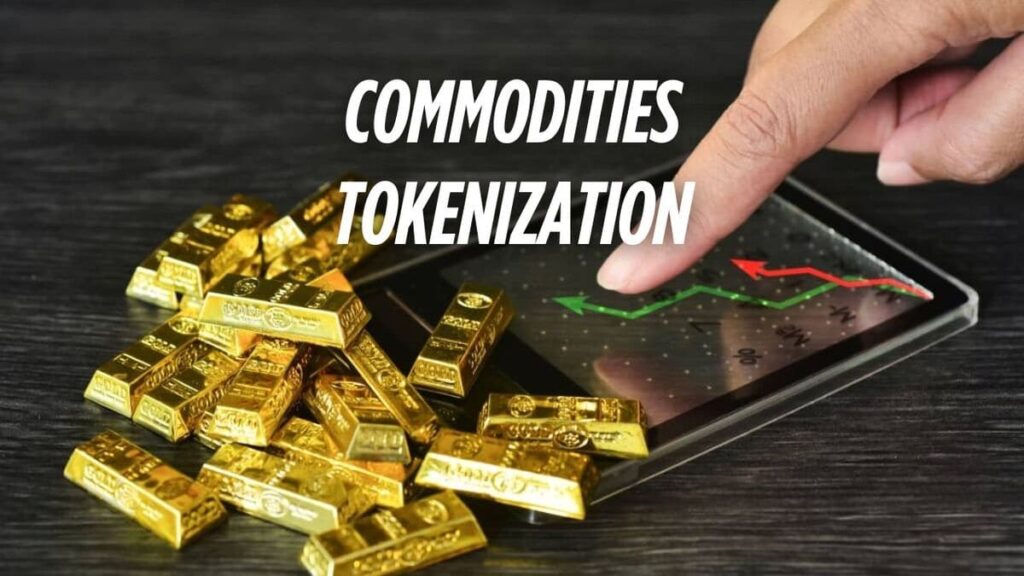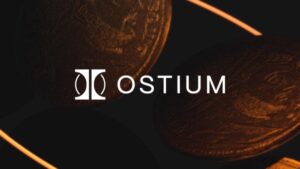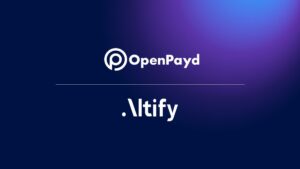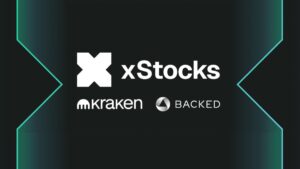TL;DR
- The tokenization of commodities allows high-value assets to be divided into smaller units, making them accessible to retail investors in open digital markets.
- Blockchain removes intermediaries in commodity trading, speeds up settlement processes, and reduces the risks of price manipulation and operational fraud.
- The lack of clear regulatory frameworks and unified technical standards currently limits the interoperability and institutional adoption of commodity tokens.
The advance of blockchain technology has not been limited to cryptocurrencies; it’s starting to reshape traditional sectors with rigid structures and historically opaque markets. One of the most significant changes along this path is tokenization — particularly of commodities — a tool that promises to alter the way these assets are accessed, traded, and managed. While it’s still an emerging ecosystem, its disruptive potential deserves a closer, serious look.
Tokenizing Commodities
Tokenization involves converting physical assets — gold, oil, agricultural products, or industrial metals — into digital representations recorded on a blockchain. Each token corresponds to either a fraction or the entirety of the underlying asset and can be traded on digital platforms without the need to physically move the goods.
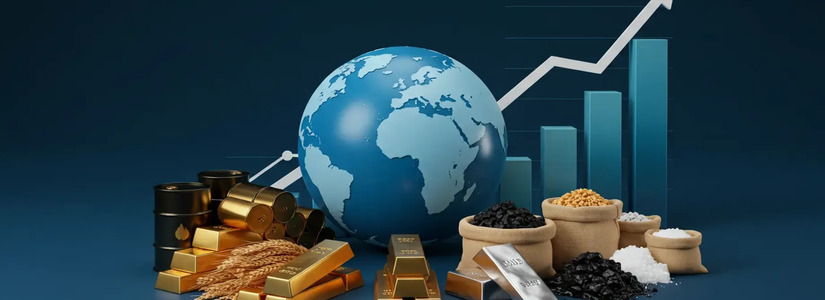
The process involves selecting the asset, creating tokens backed by the physical good, developing smart contracts to govern transactions, and ensuring secure custody of the physical merchandise. These tokens can be bought, sold, or transferred on secondary markets with near-instant settlement, typically without intermediaries.
Operational and Market Advantages
Among the clearest benefits is the ability to divide high-value assets, such as gold bars or barrels of oil, into small, accessible units for retail investors. This approach democratizes markets traditionally dominated by major traders and institutional investors, enabling new portfolio diversification strategies.
Blockchain also introduces an unprecedented level of operational transparency to commodities markets. Every transaction is recorded on a public, immutable ledger, significantly reducing the chances of fraud, price manipulation, or contract breaches.
Additionally, tokenization improves the liquidity of traditionally illiquid assets. Instead of relying on slow, complex bilateral operations, investors can access digital markets operating 24/7 with real-time settlement — cutting costs and eliminating many of the geographical and regulatory barriers.

Technical Challenges Ahead
Despite blockchain’s potential, this model still faces certain limitations. Standardizing tokens and their associated smart contracts is essential to achieving interoperability across different platforms. Without unified formats and rules, a fragmented market could compromise transaction depth and efficiency.
Physical custody of the underlying assets remains another critical issue. The trust that each token is genuinely backed by the corresponding asset relies on robust audit systems and secure storage solutions. Any weakness here would undermine the legitimacy of the entire ecosystem.
On the regulatory side, the legal classification of commodity tokens varies by jurisdiction. In many cases, they may be considered securities or fall under derivatives regulations, creating operational complexities for both issuers and investors. The absence of consistent regulatory frameworks continues to hold back widespread institutional adoption.
Blockchain and the Future of Physical Markets
The fusion between tangible assets and digital ecosystems is no longer speculative — it’s already happening. Blockchain technology has the capacity to reshape commodity supply chains and commercial operations. Beyond financial investment, tokenization offers applications in traceability, inventory financing, and automated purchase agreements with immediate settlement based on preset conditions.
The concept of fractional liquidity, combined with the ability to trade commodities from anywhere without relying on physical infrastructure, provides structural advantages over markets still marked by slow processes and limited transparency.
Conclusion
The tokenization of commodities through blockchain technology stands out as one of the most practical applications of this innovation in real productive sectors. If it can overcome regulatory obstacles, standardize operational processes, and ensure reliable custody of underlying assets, it has the potential to profoundly transform the way commodities are traded and invested in globally


